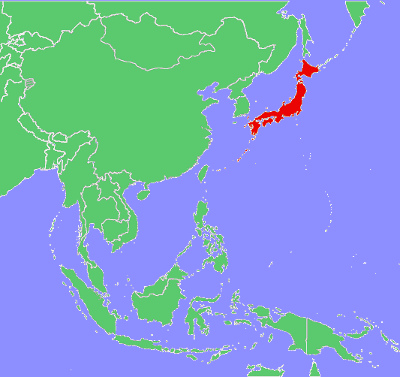
Circle the area on this map

C. Tokyo became Japan's de facto capital in 1869 when the emperor moved to the city which has been the seat of government ever since. U.S. military leaders said the goal of bombing Japan's cities was “to bring overwhelming pressure on her to surrender, or to reduce her capability of resisting invasion.”
A. China and Japan each claim a group of eight uninhabited islands in the East China Sea which are close to important shipping lanes, offer rich fishing grounds and lie near potential oil and gas reserves. Italy and Germany were Japan's allies in WWII, while the United States now is Japan's chief economic and military ally.
D. After the bombing of Hiroshima, the Soviet Union broke the non-aggression pact it had signed with Japan in 1941. Soviet troops then attacked Japanese forces in Manchuria and north Korea. Australia, Britain and the United States began fighting Japan after the 1941 attack on Pearl Harbor. China had been at war with Japan since 1937.
B. Japan is a constitutional monarchy whereby the power of the Emperor is limited to a role of ceremonial figurehead. Power is held chiefly by the Prime Minister and other elected members of the Diet – Japan's parliament. The 1947 pacifist constitution also strictly limited the nation's military to a self-defense role.